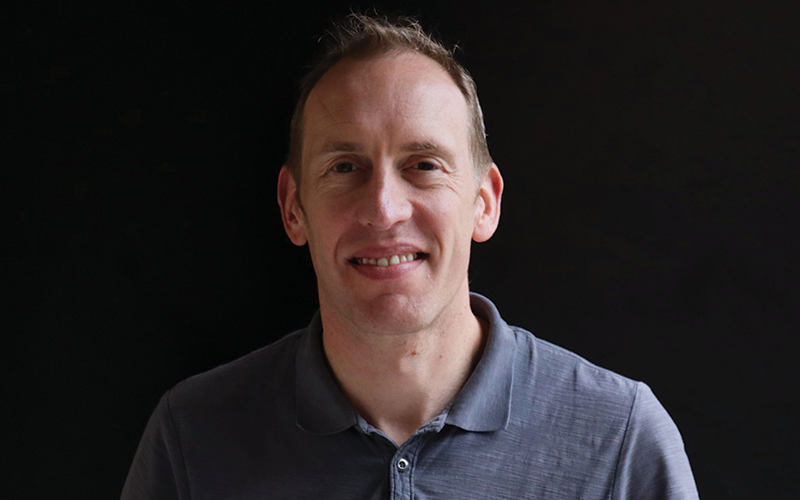The Last Word January/February 2024: Alan Furley

Is recruitment’s pricing structure broken?
Looking ahead in 2024, the question over how our industry charges is on my mind.
The pace of technological change is going at light speed, yet our commercial model feels stuck in the 70s. You know the one – yes, the percentage-of-salary model most of us have been brought up on.
Despite the recruitment profession now being a well-established industry and full of risk-taking entrepreneurs, there’s a startling lack of innovation on how we signal our value.
Many organisations work on percentage of salary, and for some good reasons. It is simple to understand and seems fair: higher salaries mean more valuable roles, so why not charge more?
But, having shifted most of ISL Talent’s business to retained and subscription work, we usually fix our project fees. This has led me to question if the traditional model should be the norm.
In our retained work, a client will say: ‘I want to hire a head of sales.’ We talk about the role, make a judgement on effort and the value we’re creating and say: ‘Ok, it’s £5k to take on the assignment and £12k on delivery of the best candidate.’
Everyone knows what they’re committing to.
Contrast that with when recruiters agree on a percentage of say 20%. If a client eventually feels they need to offer £10k more to secure a candidate, they now face having to pay the recruiter an extra £2k.
Is this fair? I realise I may have lost the crowd here, but is it right that the client then has to pay additional fees to the recruiters? Have we earned this extra cash? Or just got lucky because salaries are on the up?
And in an industry that we know suffers with reputation, we run the risk of misaligning incentives with working as a trusted client partner.
Talk to us about your roles, we’ll feedback how much effort is needed to fill them and price accordingly
Take three examples:
- Client agrees a percentage of salary. Logic dictates I’m not going to try and find a cheaper, but just as good, candidate. If this does happen then I’m going to try and offer extra ££ on the bottom line.
- Two clients looking to hire a role with a fair market salary of £60k. One’s philosophy is pay above market, so they offer £80k. The other can’t go above £45k but are prepared to hold out. Finding someone for the client paying £80k will be easier than the one paying £45k. But on the percentage model, we charge in exactly the opposite way that pricing on effort suggests we should.
- Two jobs on the same salary but one is harder to fill – eg. a data scientist vs a head of marketing – the percentage model does not account for that.
Obviously, candidates need to be paid in line with market value, but in the above scenarios the client is struggling to know if I am on their side in that respect.
Of course, fixed fee has its downsides. It can frustrate a client, who wants to quickly compare your prices to percentage-model based recruiters. And if you’re running Michael Page or SThree with thousands of recruiters, this system would be completely chaotic.
But, when I’m sharing the principles behind it and how it avoids some of the issues businesses face, clients buy into it. If you’re a smaller recruiter focused on creating positive change in the hiring processes, reviewing how this crucial aspect of your business works is worth thinking about in the year ahead.
And it makes we wonder what else is well-established in our industry but not really fit for purpose? Something to come back to next year perhaps!
Alan Furley is CEO, ISL Talent.
